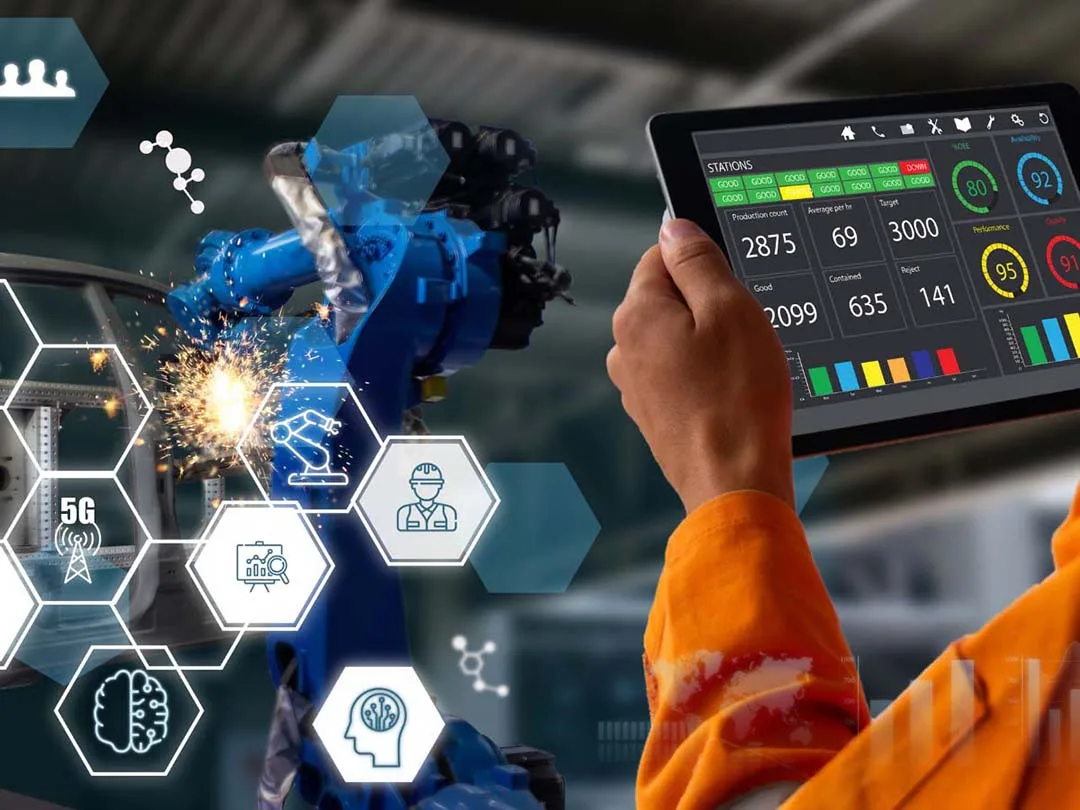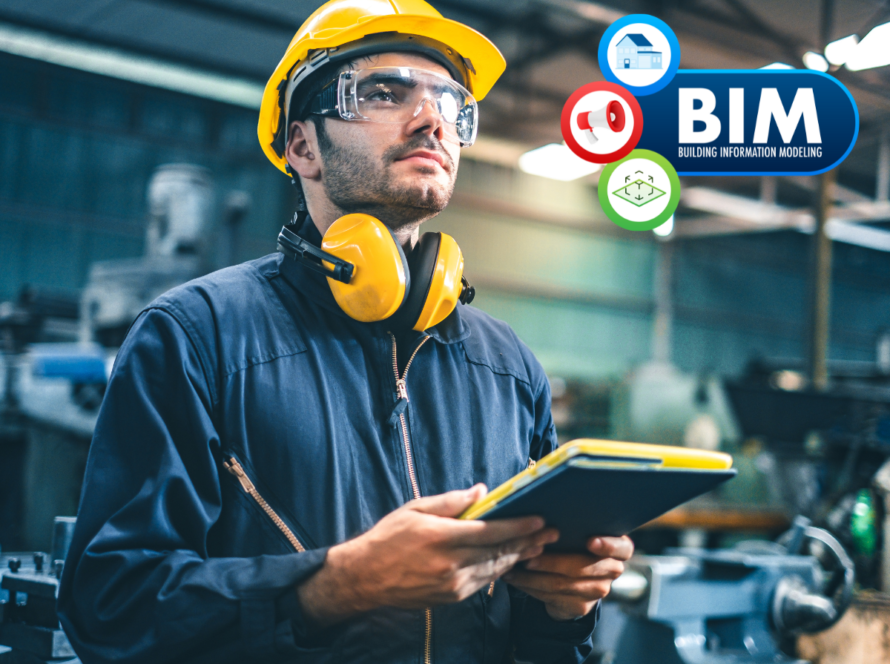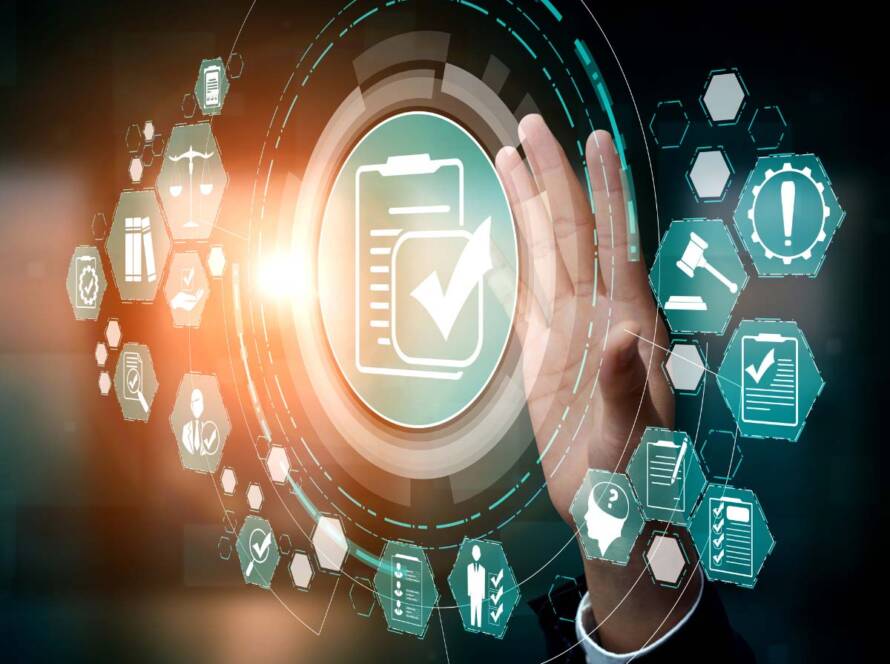Introduction
Building Information Modeling (BIM) and digital twins are closely related concepts in the realm
of construction and infrastructure management, but they serve distinct purposes and are applied at different stages of a building’s life cycle. BIM & Digital Twins are complementary to each other.
Digital twins are virtual symbols of physical assets, processes, or systems that can be used for various purposes such as monitoring, analysis, and simulation.
BIM provides the foundation for creating digital twins, which are then utilized for ongoing monitoring, analysis, and optimization of building performance throughout its lifecycle.
Integration Of BIM & Digital Twins
The integration of BIM and digital twins offers significant potential to improve decision-making, optimize performance, and enhance the efficiency of building lifecycle management processes.
By leveraging the strengths of both technologies and ensuring seamless interoperability, stakeholders can unlock new opportunities for innovation and value creation in the construction and facilities management industries.
Integrating digital twins with BIM, facility managers can access detailed information about building components, maintenance schedules, and warranty information directly from the BIM model. This streamlines facility management processes and enables more efficient operations.
Application Of Digital Twins In BIM
There are several kinds of applications of Digital twins in BIM most of us are unaware of. Some of the core applications of it are as follows:-
1. Real Time Monitoring & Visualization
Digital twins enable real-time monitoring of building performance by integrating live data from sensors with the BIM model.
This allows stakeholders to visualize and analyze various aspects of the building, such as energy consumption, indoor air quality, occupancy patterns, and equipment status, in real-time.
By providing a dynamic representation of the building, digital twins enhance the understanding of its behavior and enable proactive decision-making.
2. Performance Analysis & Optimization
Digital twins facilitate performance analysis and optimization by allowing stakeholders to simulate different scenarios and evaluate their impact on building performance.
By integrating digital twins with BIM, stakeholders can conduct virtual experiments to assess the effectiveness of design changes, operational strategies, and maintenance interventions.
This enables informed decision-making aimed at improving energy efficiency, occupant comfort, and overall building performance.
3. Predictive Maintenance & Asset Management
Digital twins support predictive maintenance by seeking historical and real-time data to identify potential issues and anticipate maintenance needs before they occur.
By integrating digital twins with BIM, stakeholders can access detailed information about building components, maintenance schedules, and asset lifecycle stages.
This enables proactive maintenance planning, resource allocation, and asset management, leading to reduced downtime, extended asset lifespan, and lower operating costs.
4. Occupant Engagement & Experience
Digital twins enhance occupant engagement and experience by providing personalized insights and recommendations based on individual preferences and behavior.
By integrating digital twins with BIM, stakeholders can develop interactive applications and interfaces that enable occupants to visualize and interact with building data in meaningful ways.
This fosters greater awareness of energy usage, environmental conditions, and comfort levels, empowering occupants to make informed decisions and adjustments to improve their experience.
5. Sustainability & Resilience
Digital twins support sustainability and resilience initiatives by enabling stakeholders to monitor and optimize building performance in response to changing environmental conditions, energy prices, and regulatory requirements.
By integrating digital twins with BIM, stakeholders can assess the environmental impact of design choices, operational strategies, and maintenance practices throughout the building lifecycle.
This facilitates the implementation of sustainable design principles, energy-efficient technologies, and resilient building systems, contributing to long-term environmental stewardship and resource conservation.
Future Trends Of Digital Twins
There are certain future trends of digital twins that you must be well aware of from your end. Some of its trends are as follows:-
- Industries like retail, transportation, agriculture, and energy are increasingly recognizing the value of digital twins for optimizing operations, enhancing decision-making, and improving customer experiences.
- AI and machine learning technologies will play a significant role in the evolution of digital twins. These technologies enable digital twins to analyze vast amounts of data, identify patterns, and predict future outcomes with greater accuracy.
- The Internet of Things (IoT) will continue to drive the proliferation of digital twins by providing real-time data from a wide range of sensors embedded in physical assets.
- Digital twins will leverage advanced visualization techniques, such as augmented reality (AR) and virtual reality (VR), to provide immersive and interactive experiences for users.
Final Take Away
Hence, the future of digital twins holds immense promise for revolutionizing how we design, operate, and optimize physical assets and processes.
By leveraging emerging technologies, embracing interoperability standards, and addressing data privacy and security concerns, digital twins will continue to drive innovation and transformation across industries, enabling more sustainable, efficient, and resilient systems and environments.





